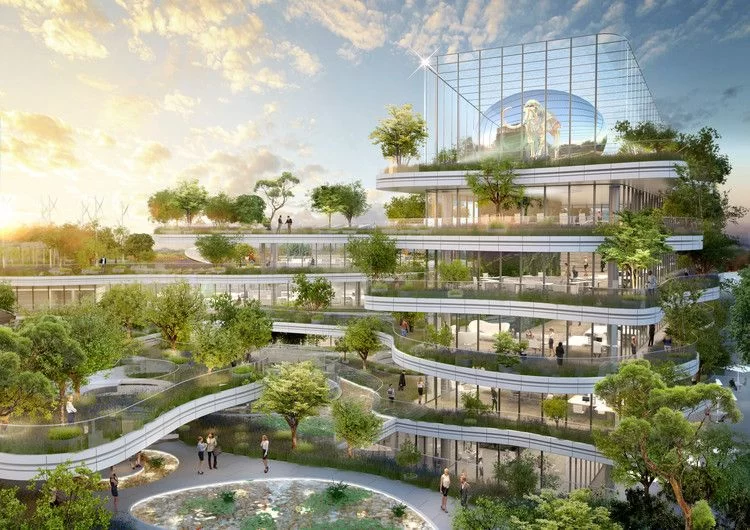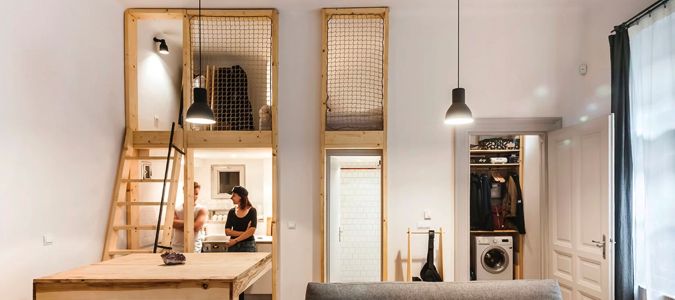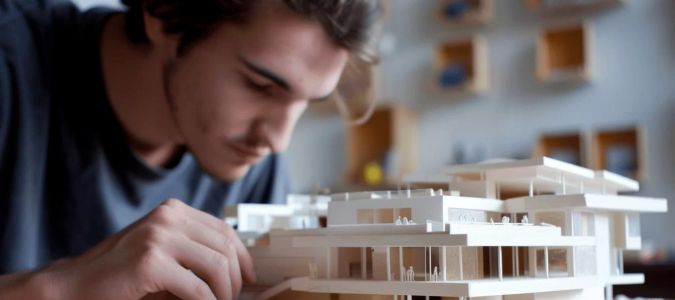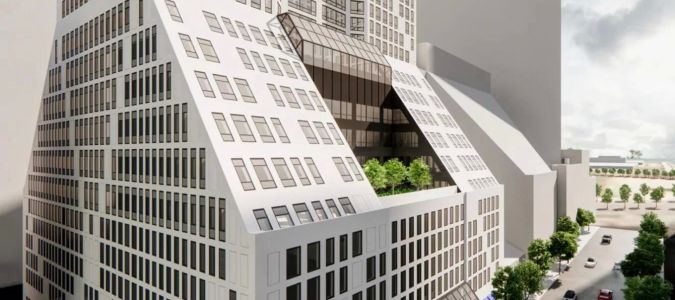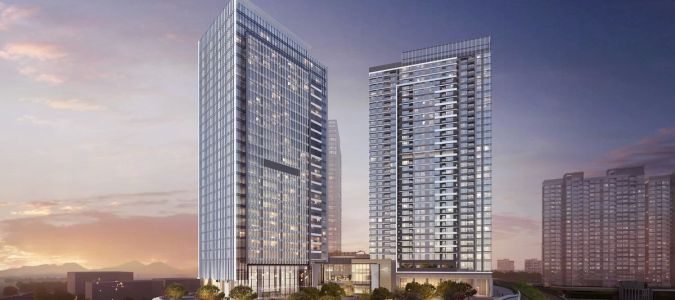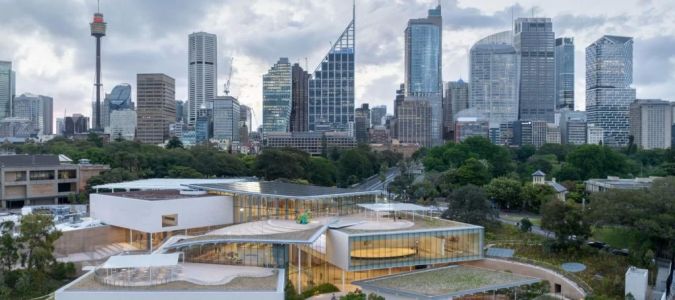The Role of Architects in Making Cities More Sustainable and Livable
- 1. Introduction to Sustainable and Livable Cities
- 2. The Key Role of Architects in Urban Planning
- 3. Green Architecture: Making Cities Eco-Friendly
- 4. Creating Livable Spaces for All
- 5. Real-World Examples of Architect-Led Sustainability
1. Introduction to Sustainable and Livable Cities
As cities around the world continue to grow at an unprecedented rate, the need for sustainable and livable urban environments has never been more urgent. Architects play a pivotal role in transforming cities into places that are not only environmentally sustainable but also comfortable and accessible for their inhabitants. Their expertise in design, construction, and urban planning is key to addressing the challenges posed by climate change, rapid urbanization, and population growth.
This article explores how architects contribute to making cities more sustainable and livable, highlighting their role in urban design, environmental initiatives, and the creation of spaces that enhance the quality of life for city dwellers.
2. The Key Role of Architects in Urban Planning
Urban planning is a collaborative effort that involves architects, engineers, and policymakers working together to shape the future of cities. Architects bring their unique perspective to the table, focusing on how buildings, infrastructure, and public spaces can be designed to promote sustainability and improve quality of life. Here are some of the ways architects influence urban planning:
- Designing energy-efficient buildings: Architects are instrumental in incorporating energy-efficient designs that reduce the carbon footprint of buildings. This includes the use of renewable energy sources, better insulation, and eco-friendly building materials.
- Promoting green spaces: Architects help design urban green spaces, such as parks, rooftop gardens, and green walls, that enhance air quality, reduce urban heat islands, and improve mental and physical health for city residents.
- Improving public transportation systems: Sustainable transportation systems are essential for reducing congestion and pollution. Architects often work closely with urban planners to design transportation networks that encourage the use of public transit, cycling, and walking.
3. Green Architecture: Making Cities Eco-Friendly
Green architecture is a key aspect of making cities more sustainable. By incorporating eco-friendly materials, energy-efficient designs, and sustainable building techniques, architects can reduce the environmental impact of urban spaces. Green buildings also offer long-term cost savings through lower energy bills and reduced maintenance needs.
Some notable green architecture initiatives include:
- Solar power integration: Many architects are designing buildings that use solar panels to generate clean energy, helping to reduce reliance on non-renewable energy sources.
- Water conservation systems: Architects design water-efficient buildings that use rainwater harvesting systems, low-flow plumbing fixtures, and other technologies to reduce water consumption.
- Use of sustainable materials: Sustainable materials like bamboo, reclaimed wood, and recycled steel are being used more frequently in modern architecture, contributing to resource conservation and waste reduction.
4. Creating Livable Spaces for All
In addition to sustainability, livability is another key factor in urban design. Architects work to create spaces that are not only environmentally responsible but also socially and culturally enriching. A livable city provides its residents with easy access to essential services, recreational activities, and a high quality of life. Here are some ways architects contribute to making cities more livable:
- Designing mixed-use spaces: By combining residential, commercial, and recreational spaces, architects create neighborhoods where people can live, work, and play without having to travel long distances.
- Ensuring accessibility: Livable cities are inclusive cities. Architects ensure that buildings and public spaces are accessible to everyone, including people with disabilities, by designing ramps, wider doorways, and elevators.
- Creating community-oriented spaces: Architects design public spaces that foster community interaction, such as open-air markets, plazas, and cultural centers, promoting social cohesion and engagement.
5. Real-World Examples of Architect-Led Sustainability
Architects around the world are leading the charge in creating sustainable and livable cities. Here are a few real-world examples of architect-led sustainability efforts:
- The Edge, Amsterdam: Known as the greenest office building in the world, The Edge uses smart technology to manage energy use, lighting, and temperature, and incorporates solar panels and a green roof.
- Masdar City, Abu Dhabi: Designed by architects to be a model for sustainable urban living, Masdar City is a zero-carbon city that uses renewable energy sources and smart design to minimize environmental impact.
- High Line, New York City: The High Line is an example of how architects have repurposed an old railway track into a public park, creating green space in an urban area and promoting sustainable practices.
Architects play a crucial role in making cities more sustainable and livable. Through their expertise in design, sustainability, and urban planning, they are helping to create cities that are not only environmentally friendly but also enjoyable places to live and work. To learn more about sustainable architecture and urban planning, visit 10 Jay Street.



